Bessie Coleman became the first African American woman to hold a pilot license, which she achieved in 1921.
Bessie was born on the 26th of January, 1892, in east Texas. She grew up in a three-room shack and her family picked cotton and did the laundry for several white locals. As a young girl, Bessie walked four miles to school every day to attend a segregated school that only had one classroom. On the weekends and holidays, Bessie would help her family out by picking cotton.
Through reading, Bessie discovered the world of aviation and always dreamed that one day she would be able to fly a plane. As she got older, she realised that this wouldn’t be an easy feat.
Bessie had to drop out of college after a year because she couldn’t afford it and then when she was 23-years-old, she moved to Chicago. Here, she worked two jobs and saved for five years to fulfill her dream of becoming a pilot. However, at the time, African Americans, Native Americans, and women were unable to attend flight schools in the United States. Everybody refused to teach Bessie how to fly.1
Undeterred, Bessie soon discovered that if she travelled to Europe, she could attend flight school there. Robert S. Abbot, founder and editor of the Chicago Defender, urged Bessie to pursue her dreams and in 1920, Bessie had saved up enough money to travel to France. She travelled halfway across the world where during the day, she took courses at one of the best flight schools – L’Ecole d’Aviation des Freres Caudron at Le Crotoy in the Somme – and during the night, she taught herself how to speak French.
Within a year, she had earned an international pilot’s license issued in Paris by the Federation Aeronautique Internationale, granting her the right to fly anywhere in the world. In fact, Bessie was the first black woman to ever have a pilot license. “She was born with a kind of self-confidence in which she viewed herself as very gifted, very special – as someone who was going to amount to something,” said Doris Rich, author of Queen Bess: Daredevil Aviator. 2
Shortly after Bessie’s return to the United States, she became a stunt flier and performed for audiences where she earned the moniker “Queen Bessie.” She was renowned for her pinpoint landings and “figure 8s.”3 She travelled across the country, giving exhibition flights and speaking at black churches and schools. When she took to the sky, she wore a French pilot outfit with a leather helmet and a long leather coat. In 1922, she was dubbed as “the world’s greatest woman flier,” at an American air show.
Her lifelong dream was to establish a flying school for young African American aviators who wanted to follow in her footsteps but didn’t have the money to travel to a European flight school. Unfortunately, she would not live long enough to achieve this dream.
On 30 April, 1926, Bessie was planning on flying at an air show in Florida. She was flying in her JN-4 plane that had previously been grounded several times due to unusual behaviour. Shortly after Bessie took off, the plane made an unexpected dive. When the plane began spinning, it threw Bessie offboard, at 2,000 feet. Bessie came crashing to the ground where she died on impact. It was later discovered that a loose wrench had dropped into the plane’s gearbox and jammed it.
She was buried in Chicago’s Lincoln Cemetery.
Bessie had been an inspiration to men and women all across the world. She overcame the obstacles of poverty, race and gender. “Because of Bessie Coleman, we have overcome that which was worse than racial barriers. We have overcome the barriers within ourselves and dared to dream,” said civil rights activist, Lieutenant William J Powell.4
Footnotes:
- The Tampa Tribune, 7 September, 2000 – “Pioneer Aviator Honored with Road”
- St. Louis Post-Dispatch, 6 September, 1993 – “First Black Aviatrix Left a High-Flying Legacy”
- Sun Sentinel, 9 April, 1995 – “Black Heritage Series Salutes Woman Aviator”
- International Business Times, 26 January, 2017 – “Google Doodle Honours First Black Female Pilot”
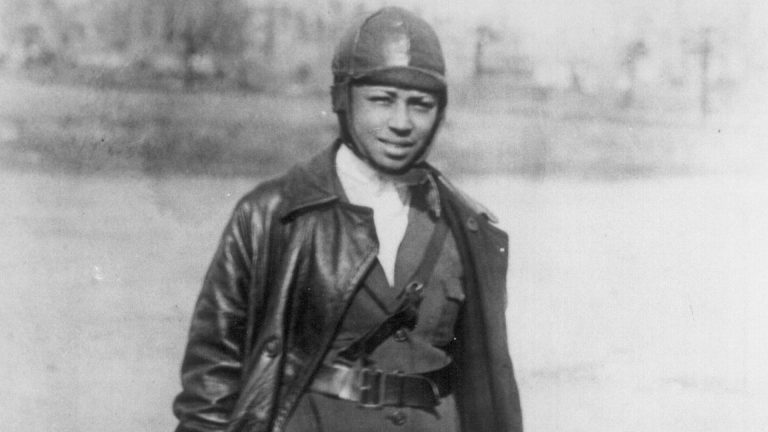
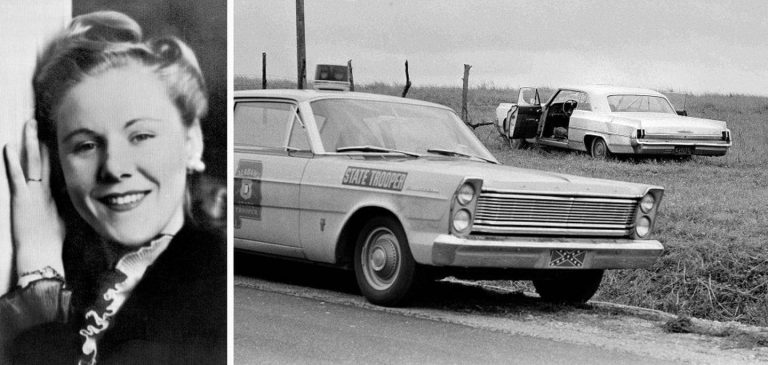
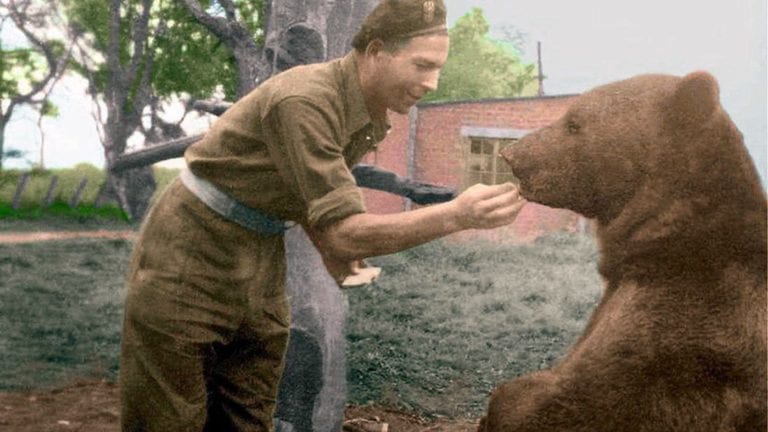
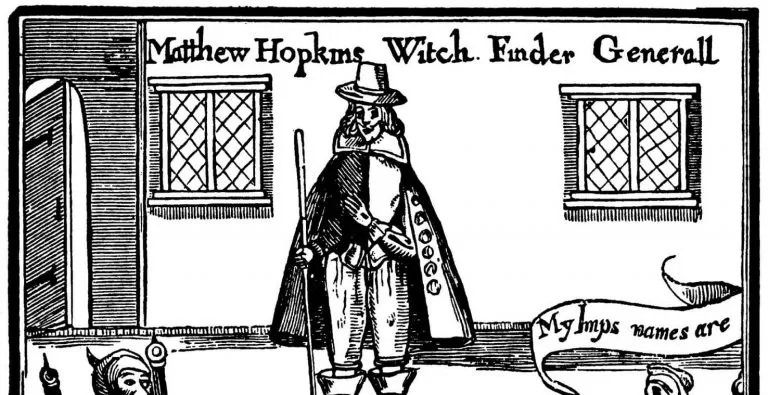
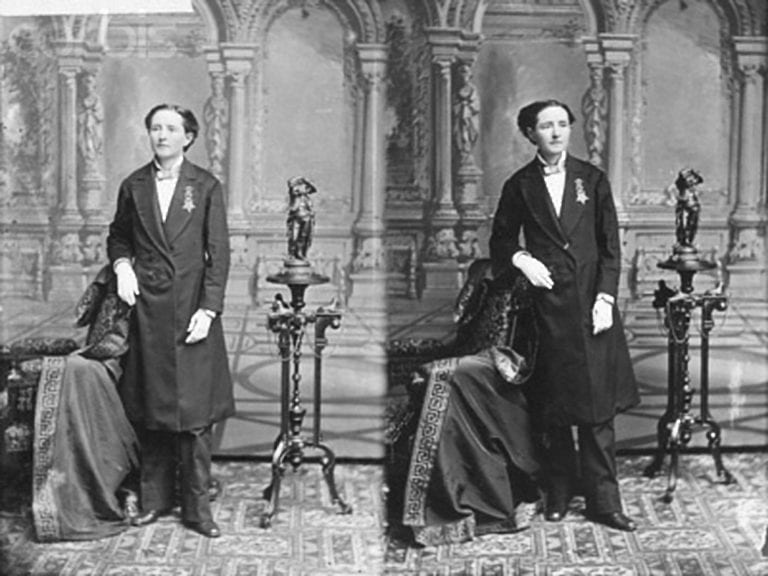

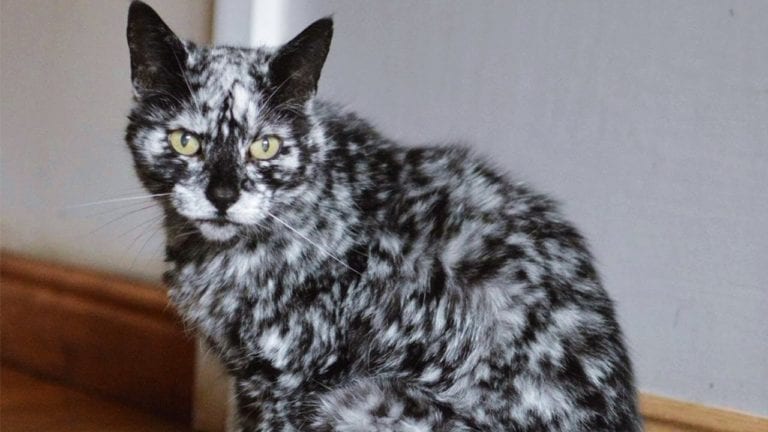
Comments:
And yet everybody only knows Amelia Earhart….. go figure.